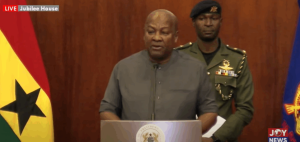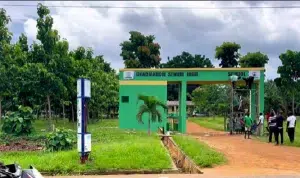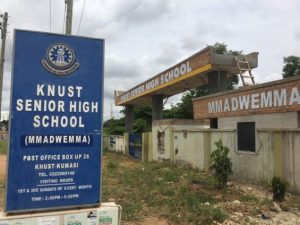Accra–Kumasi expressway plan is ‘ill-advised’ – GhIE warns

The Ghana Institution of Engineering (GhIE) has described as “ill-advised” the government’s decision to construct the Accra-Kumasi expressway when the Accra-Kumasi highway dualisation project is not completed.
According to the institution, the proposed Accra-Kumasi Expressway, promised by President John Dramani Mahama, risks becoming a rushed project if construction begins within the next year or two.
GhIE President, Ludwig Annang Hesse, explained that a sustainable project of such magnitude requires at least five years of engineering assessments and ground preparations.

Anything shorter, he warned, could result in an inferior project that would deteriorate prematurely.
He further advised government to focus on completing the ongoing dualisation and consider developing an alternative railway route to ease traffic and enhance mobility, stressing that starting a greenfield expressway project without proper preparation risks stalling midway.
He said this at the maiden Ghana Geotechnical and Geosynthetics Conference, held on the 3rd and 4th of September 2025 at KNUST, under the theme “The Critical Role of Geotechnical Engineering in the Nexus Between Green Engineering and Public Safety.”

Hesse noted “Don’t go and look for money to go and start a completely new greenfield project. As is typical with governments when the government says I am starting a new project they want to start it in their time. Projects like a new express way between Accra and Kumasi should take not less than five years to prepare from concepts to engineering before we start breaking ground
“Any government who comes and says I will start breaking grounds for a new greenfield project in one year then there is no good preparation I can tell you and our project will fail. If we want another express way we should take our time and start the planning now. It will take at least five years, ten years to get it unto the ground. So invest in the existing road, dualise it…So we really need to rethink that project,” he said.
The conference brought together geotechnical and geosynthetics practitioners to explore their role in green infrastructure, public safety, and bridging existing gaps within the sector.
Source: Citinewsroom





